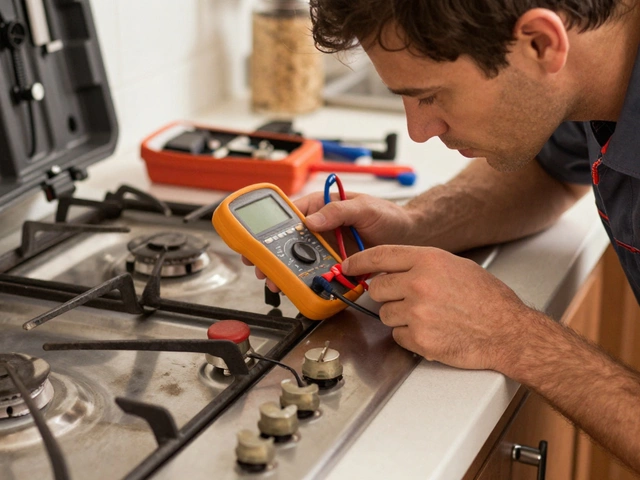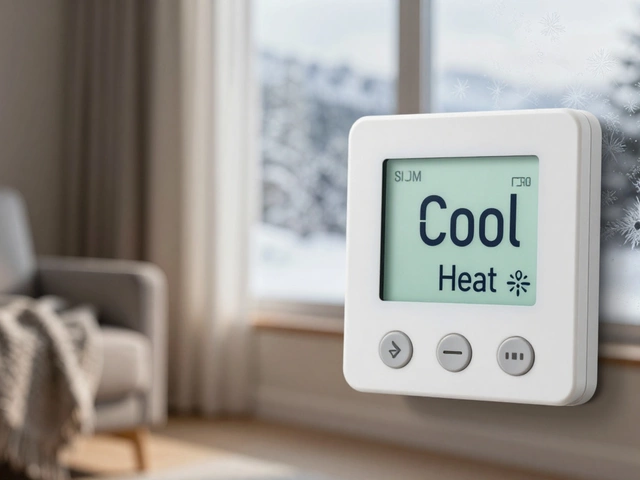Kitchen Extractor: How It Works and Why You Need One
When talking about Kitchen Extractor, a device that pulls steam, grease and odors out of the cooking area and expels them through a filter or duct. Also known as an extractor fan, it is the backbone of a healthy kitchen environment. A good extractor balances airflow and noise, keeps surfaces cleaner and helps comply with local safety rules. Below we break down the core ideas that link a kitchen extractor to the wider world of home ventilation.
How a Kitchen Extractor Fits Into Kitchen Ventilation
Think of kitchen ventilation as the whole system that moves air around your cooking space. The Extractor Fan, the mechanical part that creates suction and pushes air through the system is the most visible component, but it works with ducts, filters, and even the layout of your hob. The extractor fan enables the broader Kitchen Ventilation, the process of exchanging indoor kitchen air with fresh outdoor air. This relationship forms the first semantic triple: Kitchen extractor encompasses kitchen ventilation. A well‑designed system moves enough air to prevent grease buildup while keeping the room comfortable.
Airflow is measured in cubic feet per minute (CFM). The higher the CFM, the more effective the extractor at clearing steam and fumes. However, you don’t always need the biggest fan; matching the fan’s CFM to the size of your cooking area creates an efficient balance. This ties into the second triple: Kitchen extractor requires proper airflow. When you choose a unit, look for a CFM rating that suits your stove size and cooking style – a small electric hob needs less than a heavy‑use gas range.
Noise level matters too. Fans are rated in decibels (dB); a quieter unit (<70 dB) lets you chat while cooking without shouting over a roar. Balancing CFM with low dB often means picking a model with a well‑engineered blade design or a variable speed controller. The third triple: Proper installation enables energy efficiency, because an undersized fan works harder and wastes power, while an oversized one cycles on and off unnecessarily.
In the UK, you can’t just slap a fan on the wall and call it a day. UK Building Regulations, the set of legal requirements governing construction and renovation in England, Wales and Scotland specify minimum ventilation rates for kitchens and dictate how ducts must be routed. This forms the fourth triple: UK building regulations influence kitchen extractor installation. Ignoring these rules can lead to failed inspections, fines, or even safety hazards like carbon‑monoxide buildup if the fan is linked to a range hood that vents gas appliances.
For most homeowners, the practical steps are simple: check the regulation Section F, confirm that the duct outlet is external, and make sure the fan’s CFM meets the required 15 l/s per m² of floor area. Many modern units come with built‑in compliance certificates, saving you time and paperwork.
Beyond compliance, maintenance keeps the extractor performing at its best. Grease filters should be cleaned every few weeks if you cook often; metal mesh filters can be washed in hot, soapy water, while carbon filters (used for recirculating fans) need replacement every 3‑6 months. A clogged filter reduces CFM, raises noise, and can overheat the motor. Regular checks also let you spot loose wiring or worn bearings early, extending the unit’s lifespan.
If you’re unsure whether your current fan is the right fit, look at three key attributes: CFM rating, dB level, and filter type. Compare these against the size of your cooking surface, the type of fuel you use, and any local noise restrictions. Many retailers offer calculators that let you input stove size and get a recommended CFM range – a handy tool for quick decisions.
Finally, the articles below explore the topic from every angle. You’ll find buying guides, legal overviews, DIY troubleshooting tips and cost‑benefit analyses that help you decide if a new kitchen extractor is worth the investment. Whether you’re fixing a noisy fan, choosing an energy‑saving model, or navigating UK regulations, the collection gives you practical steps you can act on right away.
Extractor fans are a must in bathrooms and kitchens, but when they stop working, things get uncomfortable fast. This article breaks down the typical reasons an extractor fan might quit, from dust buildup to electrical faults. You'll get straight-to-the-point troubleshooting tips. Discover which issues you can tackle yourself and when to call an expert. Keep your fan humming with some easy maintenance know-how.



